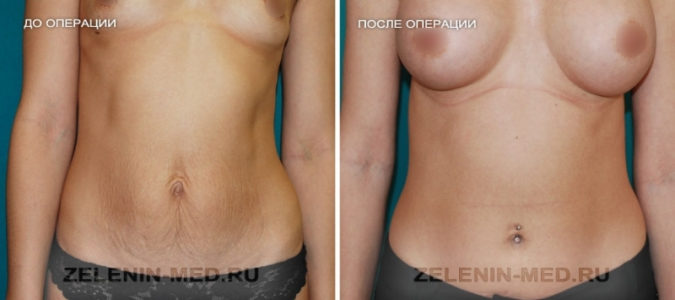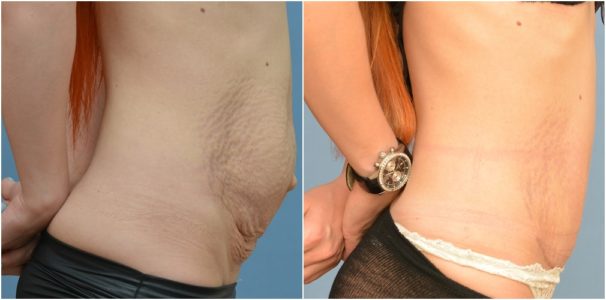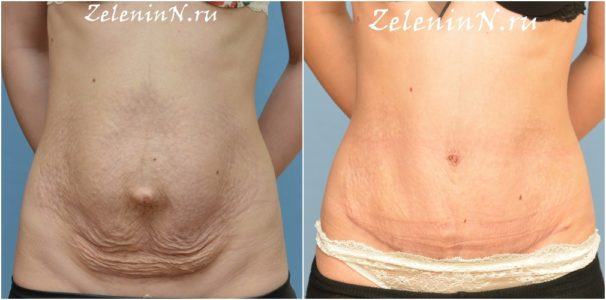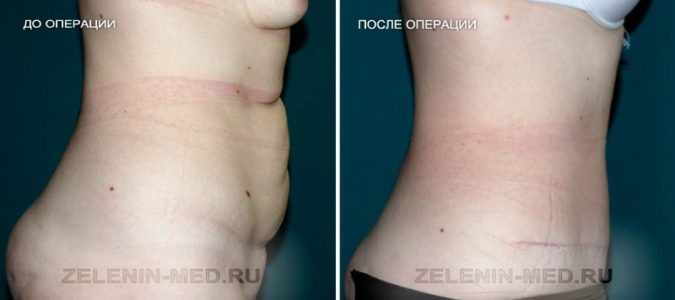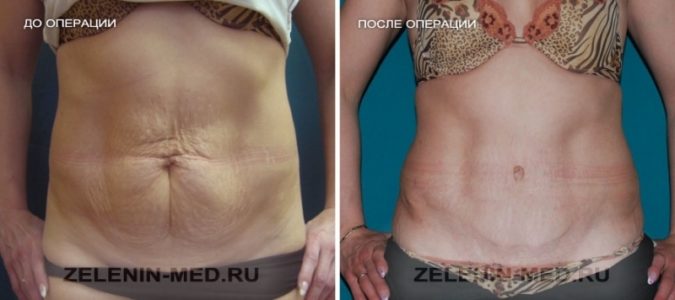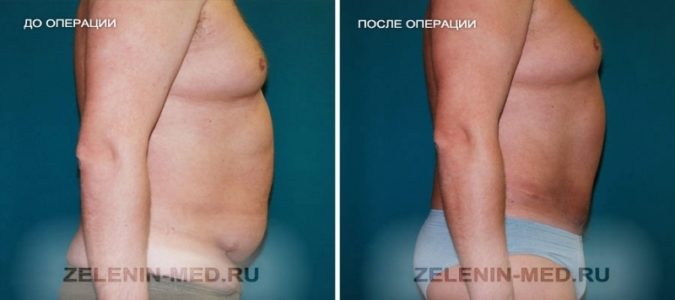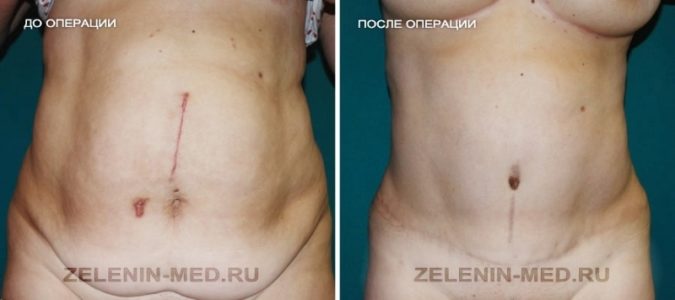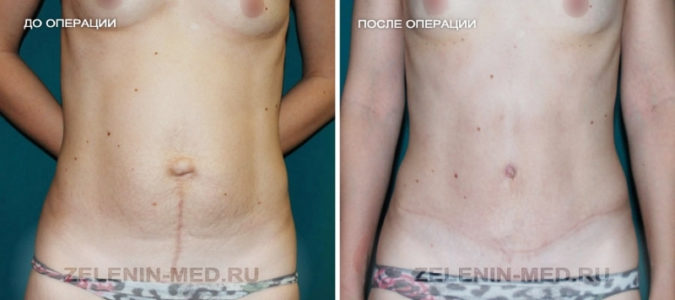Abdominoplasty
Abdominoplasty (abdominal plastic surgery) is a surgery removing excess weight in the abdominal area by correcting muscle tissues and removing excess subcutaneous fat layer.
Thanks to this surgery, you can get rid of:
• Stretchmarks, saggy and less elastic skin after childbirth
• Saggy skin due to significant weight loss
• Lower abdomen, large folds, and “apron belly”
• Excess subcutaneous fat layer, which cannot be removed by exercise and proper nutrition
• Separated and stretched rectus abdominis muscles
• Multiple stretch marks, scars, and unaesthetic scars after surgeries
• Hernias: umbilical, linea alba, inguinal
TYPES OF ABDOMINOPLASTY
◾ Classical abdominoplasty (moving the umbilical area)
is performed if rectus abdominis muscles are significantly separated and there is a lot of excess skin (skin and “apron belly”).
This type of abdominoplasty is perfectly combined with liposuction of the surrounding areas, for example, the lower back and sides.
◾ Miniabdominoplasty
is performed on patients who are not overweight but feel insecure about lower abdomen folds. Usually, these are women after pregnancy and childbirth.
◾ Endoscopic abdominoplasty
helps when there is not much excess fat and skin but there is insufficient muscle tone.
The doctor determines the surgery procedure depending on the defect and the degree of its development.
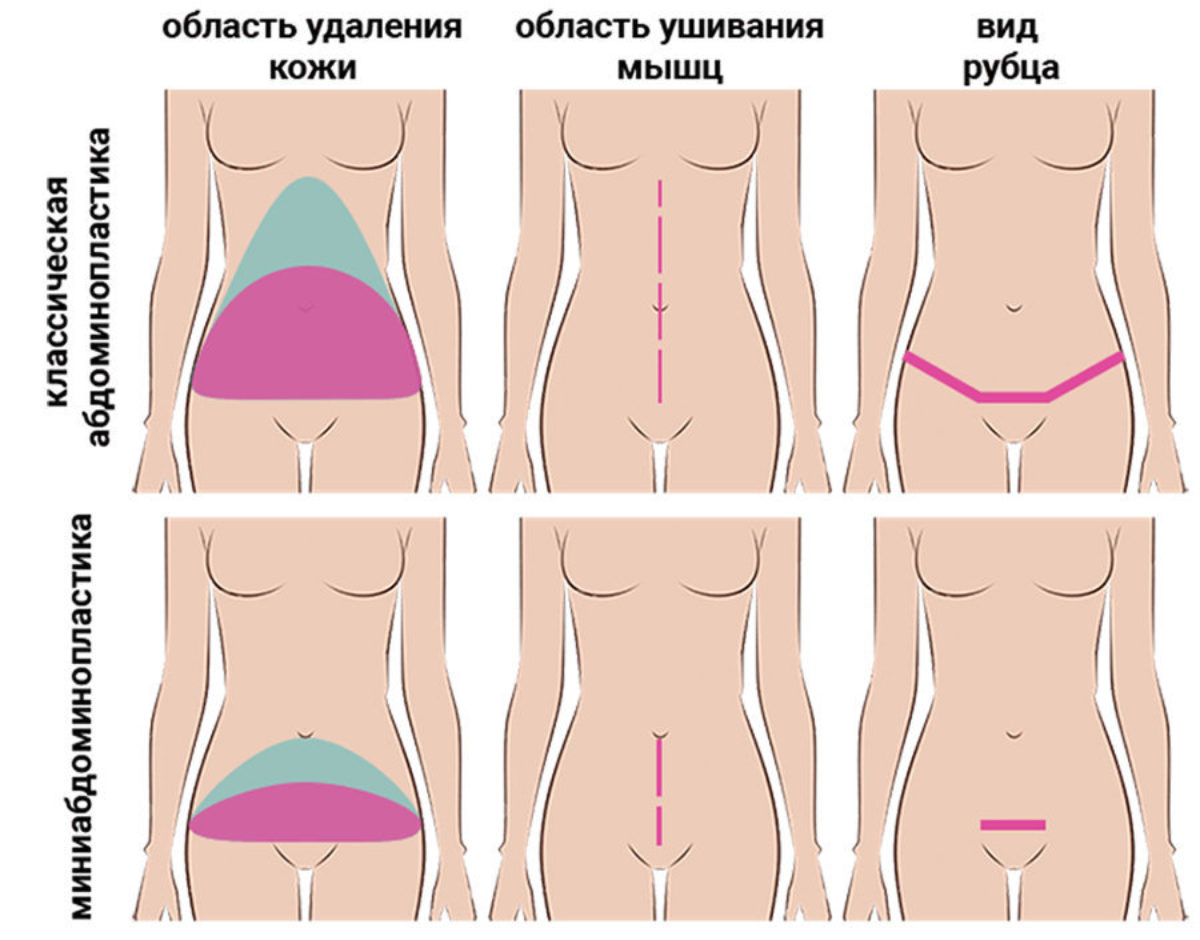
POST-SURGERY PERIOD
In many ways, the rehabilitation period depends on the patient’s condition before the surgery. Returning to the usual rhythm of life and work will take at least two weeks of recovery.
A few days after the operation, the patient can have light physical activity. Even if the patient has no previous workout experience, a simple exercise program is necessary for the recovery. This will reduce swelling and minimize the risks of postoperational complications.
Compression underwear is an effective way to get rid of swelling and improve post-abdominoplasty condition. Compression in the abdominal area retains tissues and accelerates the healing process. Compression underwear is put on the patient immediately after the operation.
CONTRAINDICATIONS
The main contraindications to surgery include:
• Pregnancy and breastfeeding
• Beginning of the menstrual cycle (women)
• Malignant neoplastic process irrespective of its location
• Lower blood coagulability due to a genetic pathology or systematic use of anticoagulants
• Connective tissue diseases (scleroderma, systemic lupus erythematosus)
• High blood pressure
• Diabetes mellitus (decompensation stage)
• Diabetic angiopathy, diabetic retinopathy
• Thyroid pathology with disfunction (hypothyroidism, hyperthyroidism)
• Tuberculosis, other chronic infectious diseases
• Medical history with acute vascular events (stroke, heart attack)
• Internal organ chronic disease exacerbation
To determine whether a patient has any contraindications to surgery, a medical preoperational testing is prescribed.
To get a consultation with a plastic surgeon, call 8 800 500 02 03 or contact us via the feedback form.
Examples of works Зеленина Вадима Николаевича и Зеленина Николая Вадимовича

